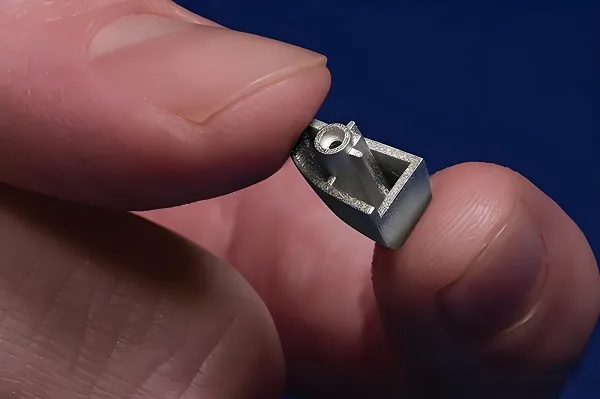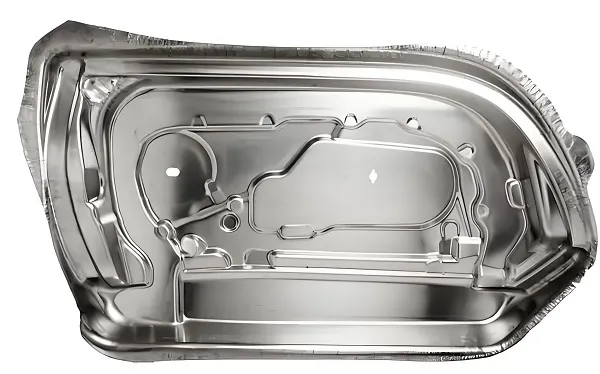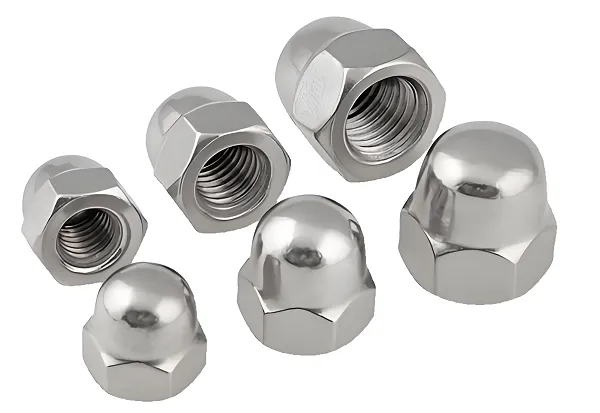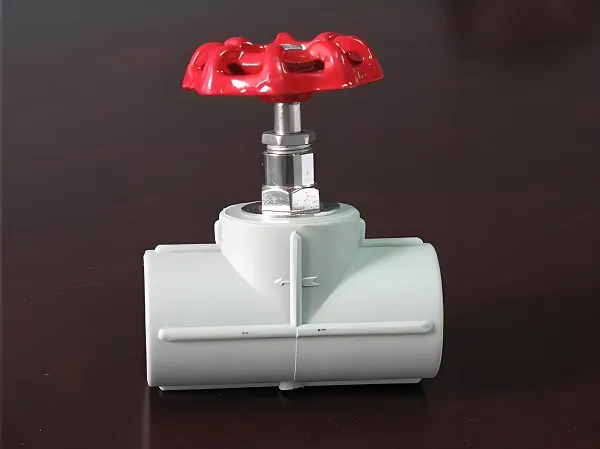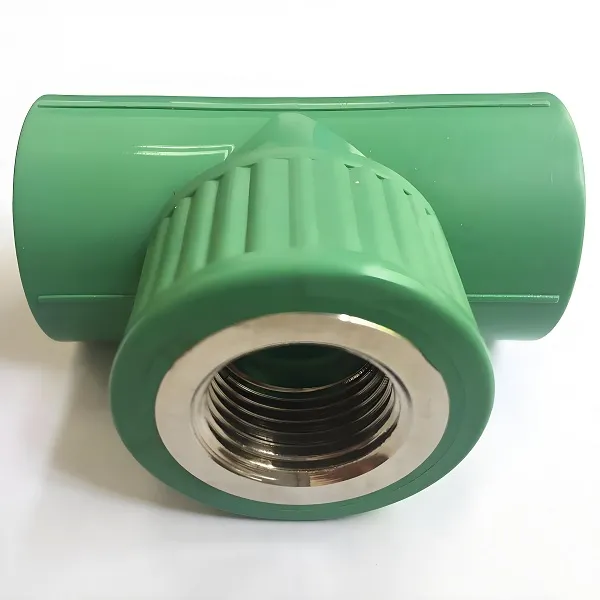Precision milling and drilling is a machining method controlled by a high-precision computerized control system, which combines the two processes of milling and drilling, allowing for a variety of machining tasks to be accomplished on the same machine. This technology realizes high-precision, high-efficiency and high-reliability machining by using high-precision ball screws and servo motors as the driving device and controlling the movement of each motion axis through computer programs.
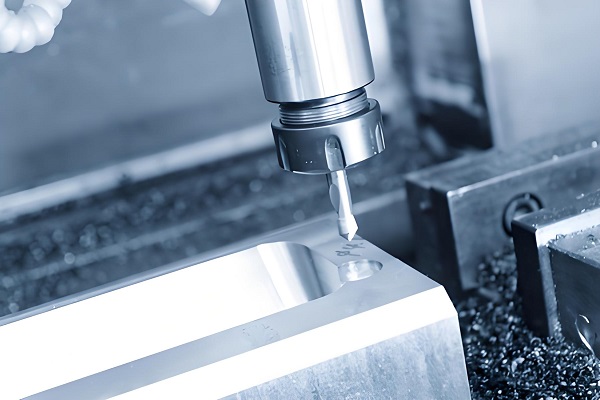
1.Precision Milling and Drilling Application Areas
Precision milling and drilling technology is widely used in many fields because of its high precision and high efficiency:
Aerospace: used to manufacture engine parts, aircraft structural parts and other high-precision, complex-shaped parts.
Automobile: for the production of automobile engine blocks, automobile parts, etc.
Electronics: for the manufacture of high-precision electronic components and assemblies.
Medical devices: for manufacturing medical device parts.
Mold manufacturing: used for processing various molds with special shaped surfaces.
2. Technical parameters of precision milling and drilling
The technical parameters of precision milling drills vary according to the machine model and processing needs, but usually include the following aspects:
Rated voltage: usually 220-240V, voltage frequency is 50/60Hz.
Power: not less than 550W for turning part, not less than 400W for milling and drilling part.
Rotation speed: at least 6 levels of rotation speed to adapt to different materials and processing requirements.
Stroke: center distance, transverse stroke and longitudinal stroke of turning part, and throat depth, Z-axis stroke, X-axis stroke and Y-axis stroke of milling part.
Precision: Maximum running error of rotary axis, handwheel scale precision, etc. to ensure high precision of machining.
3. Precision milling and drilling operation matters
In order to ensure the safe and efficient operation of the precision milling drill, the following are precautions to be taken during operation:
Pre-job training: All operators must receive professional training and be familiar with the machine structure, performance, operating procedures and emergency stop procedures.
Personal protection: When operating, wear work clothes, safety shoes, protective glasses and earplugs, and long hair should be tied up and placed inside the work cap.
Equipment Inspection: Before starting the machine, carefully check whether all parts of the machine are intact, whether the lubrication system is normal, whether the fixture and tool are firmly installed, and whether the electrical wiring is safe and not exposed.
Program verification: Before automatic operation, carry out no-load test run to check whether the program path, speed, depth and other parameters are set correctly.
Processing monitoring: during processing, the operator shall not leave his post without authorization, and shall pay close attention to the running status of the machine tool and the processing of the workpiece.
Shutdown Maintenance: After the work is finished, clean up the machine tool and the surrounding environment in time, turn off the power, and do the routine maintenance work.
4. Characteristics of precision milling and drilling parts
Precision milling and drilling parts have the following significant features:
High precision: adopting high-precision processing technology and equipment to ensure that the dimensional accuracy and surface roughness of the processed parts meet the requirements.
High efficiency: through optimizing the machining path and parameter setting, improve the machining efficiency and shorten the machining cycle.
High stability: the machine tool adopts high stability design and manufacturing technology to ensure the stability of the machining process.
Multi-functional: one machine tool can complete a variety of machining processes such as drilling, milling, turning, etc. to meet diversified needs.
5. Characteristics of precision milling and drilling parts made of different materials
Different materials show different characteristics in precision milling and drilling, so it is necessary to choose suitable tools and processing parameters according to the material:
Metal: such as steel, copper, etc., need to choose tools with high hardness and wear resistance, such as carbide tools or diamond tools.
Non-metal: such as plastic, wood, etc., can choose tools with lower hardness, such as high-speed steel tools.
Composite materials: special attention needs to be paid to the selection of tools and the adjustment of processing parameters to avoid tool wear and processing errors.
Precision Milling & Drilling Service FAQ
Q1: What shapes of parts can Precision Milling & Drilling process?
A: Precision milling drills can machine flat surfaces, grooves, various shaped surfaces (such as splines, gears and threads) and special shaped surfaces of molds.
Q2: How to improve the machining accuracy of Precision Milling Drill?
A: The machining accuracy can be improved by optimizing the machining path, selecting suitable tools and machining parameters, and strengthening the maintenance of machine tools.
Q3:What are the safety issues that need to be paid attention to in the process of precision milling and drilling?
A: It is necessary to strictly comply with the safety operation procedures, such as wearing personal protective equipment, equipment inspection, program verification, etc., to ensure the safety of personnel and equipment.
Q4: How to choose the tool for precision milling and drilling?
A: Tool selection should be based on the type, hardness, shape and processing requirements of the material to be processed. Common tool materials include high-speed steel, carbide, cubic boron nitride and diamond.


